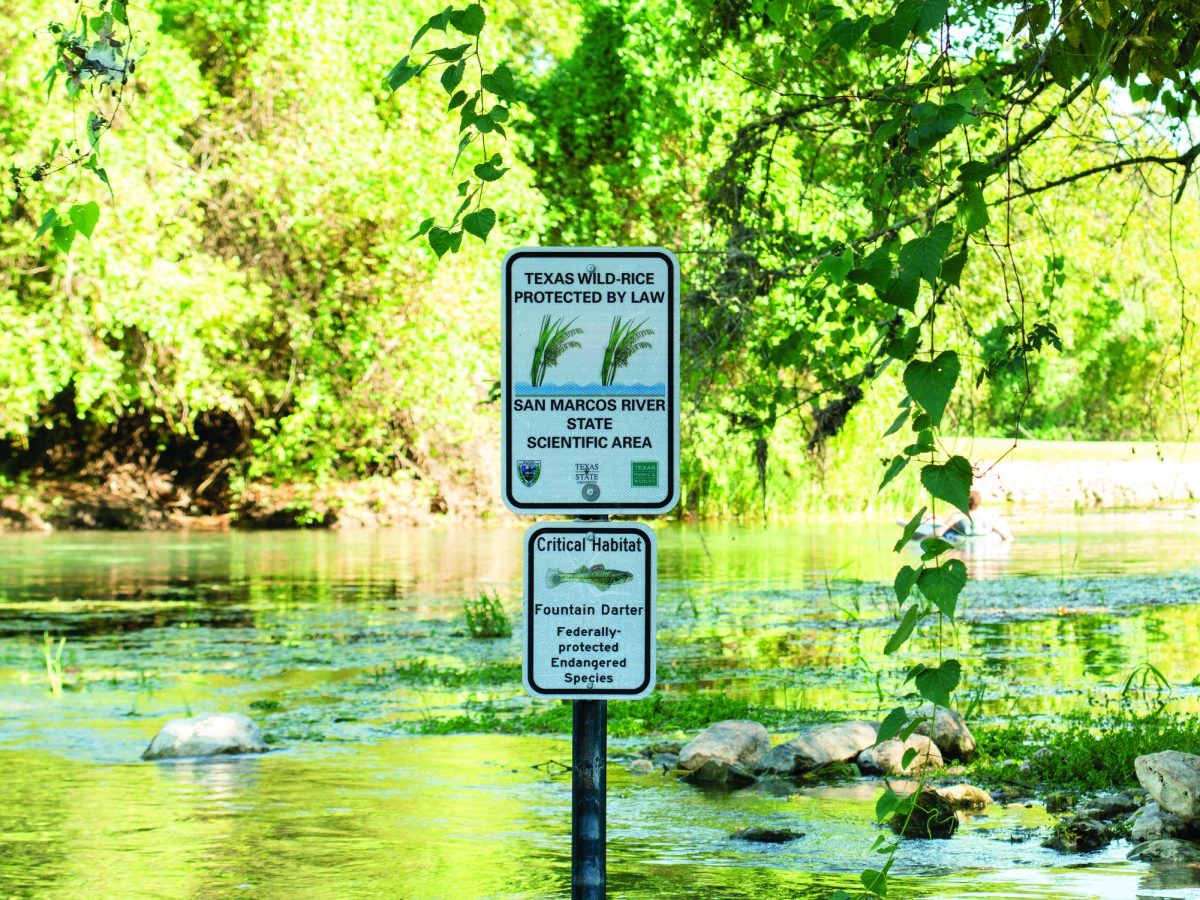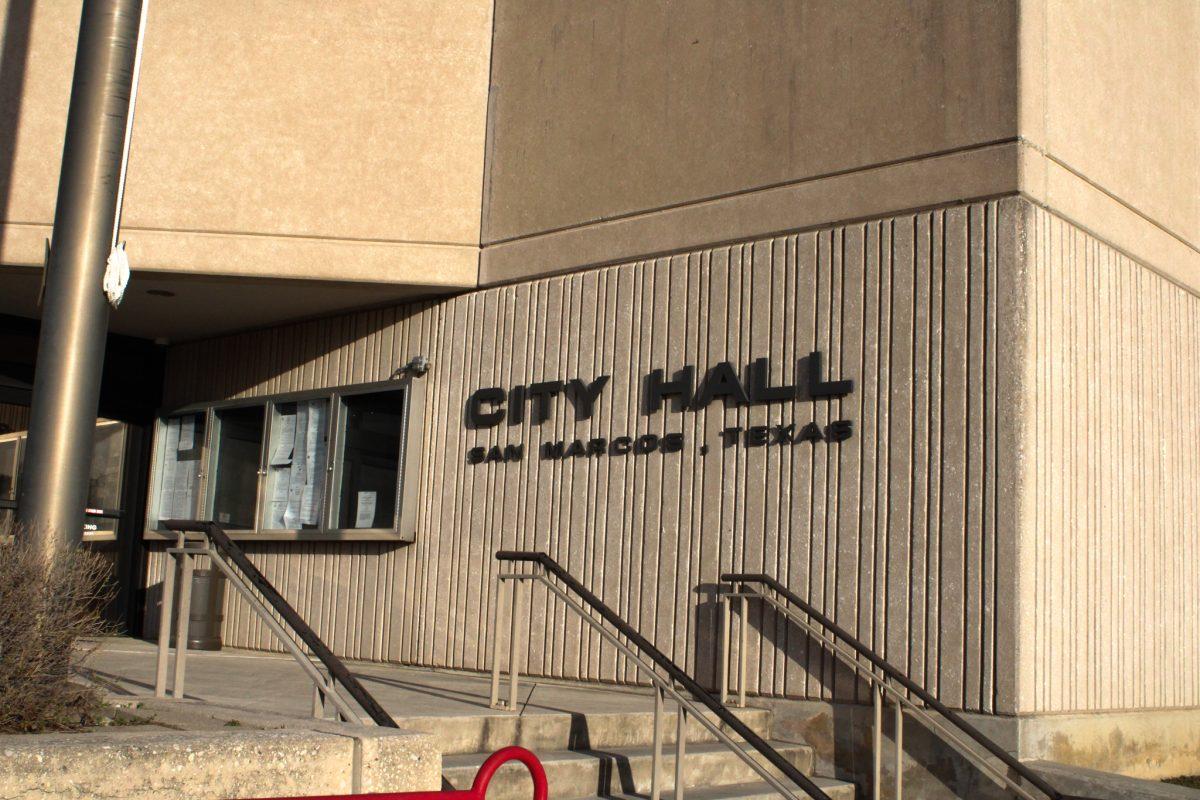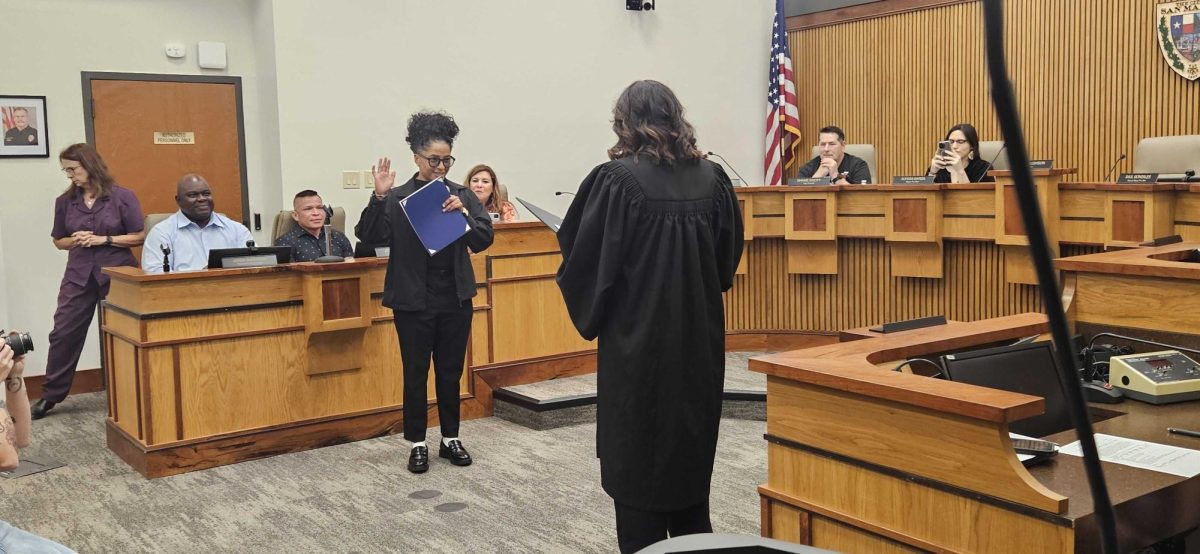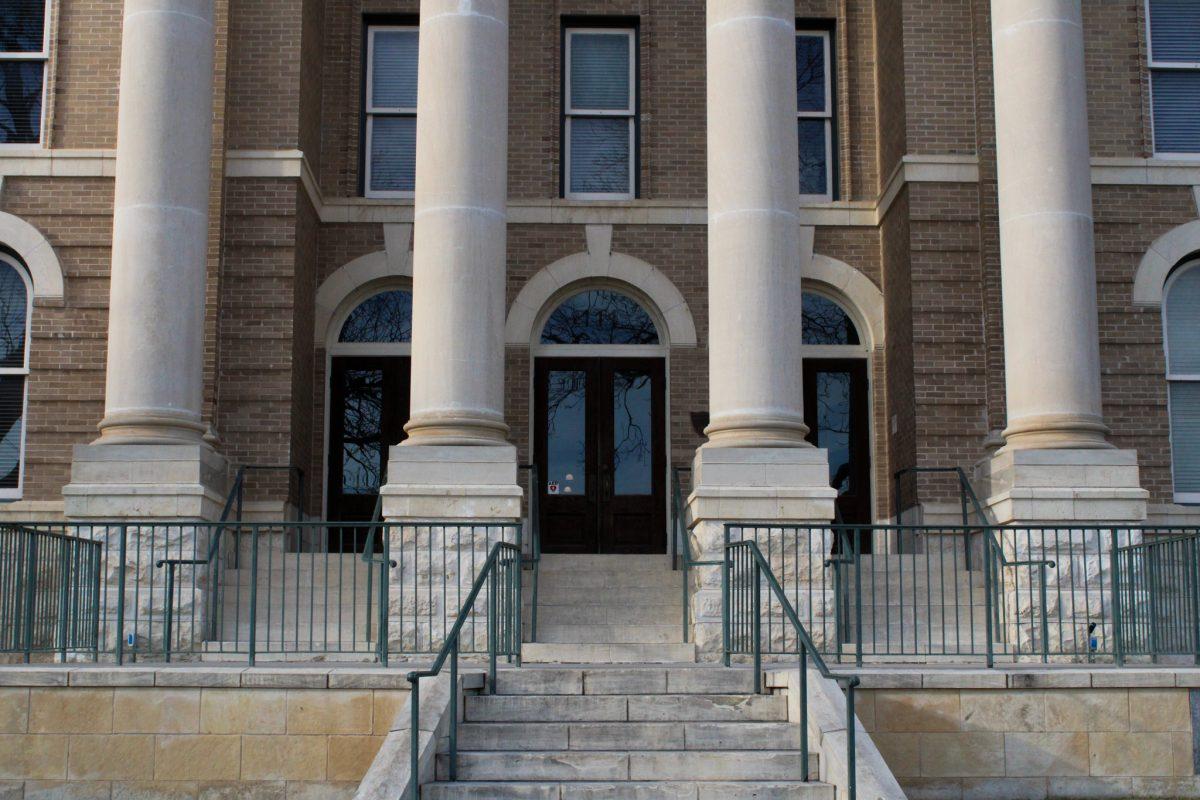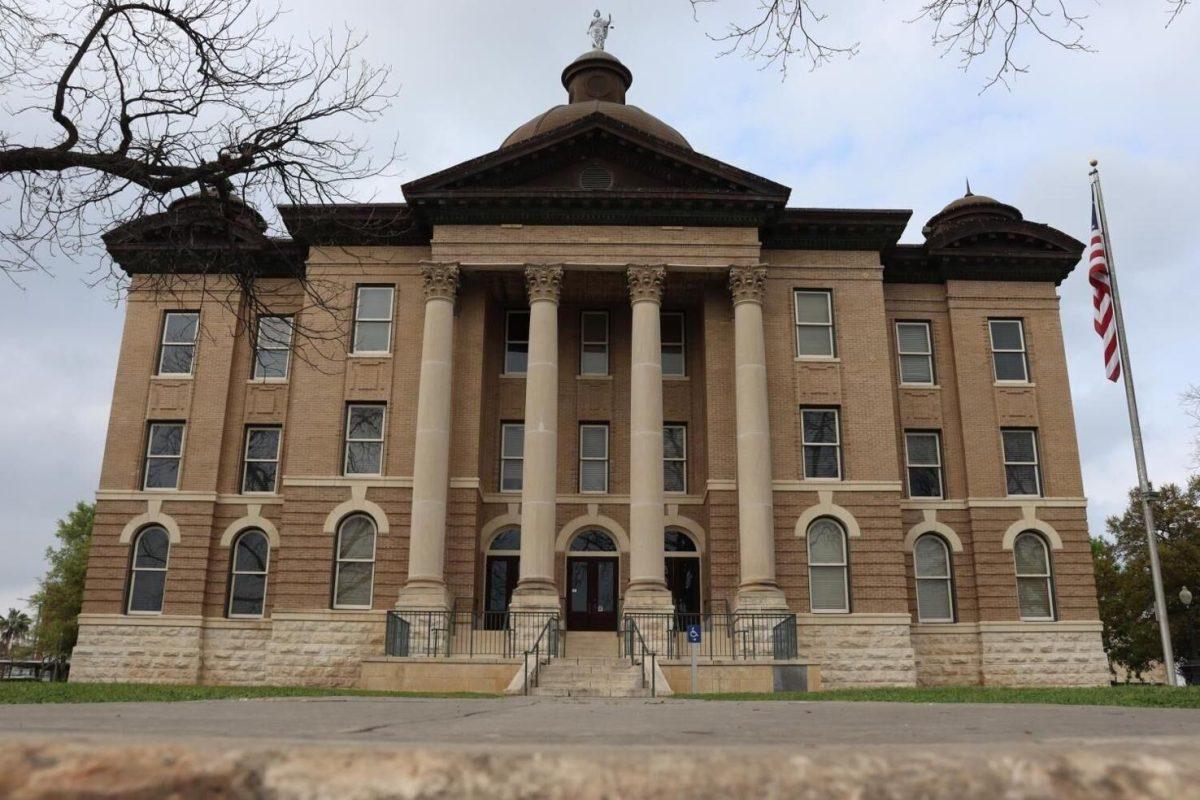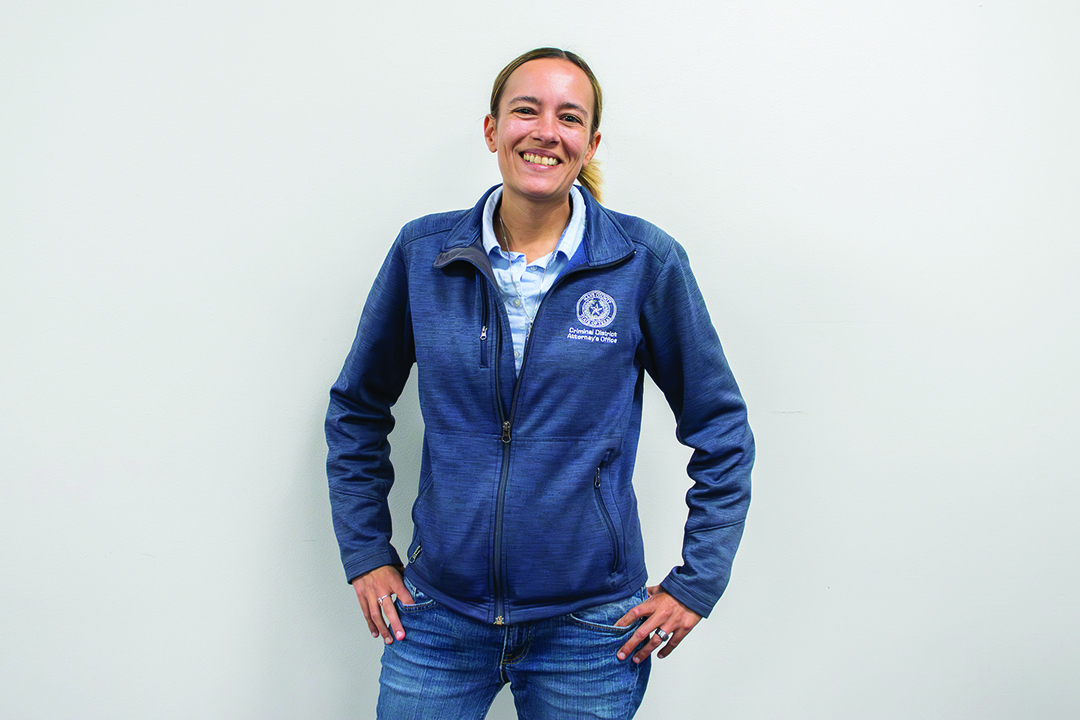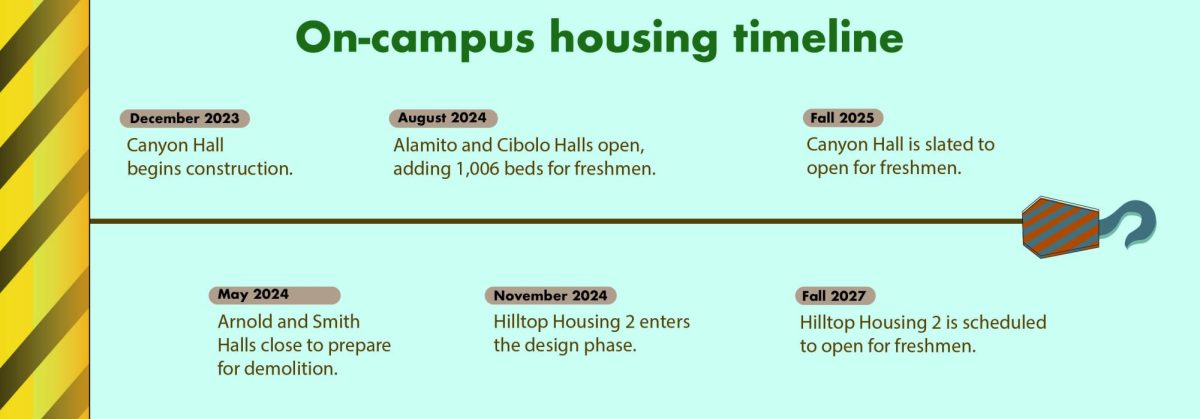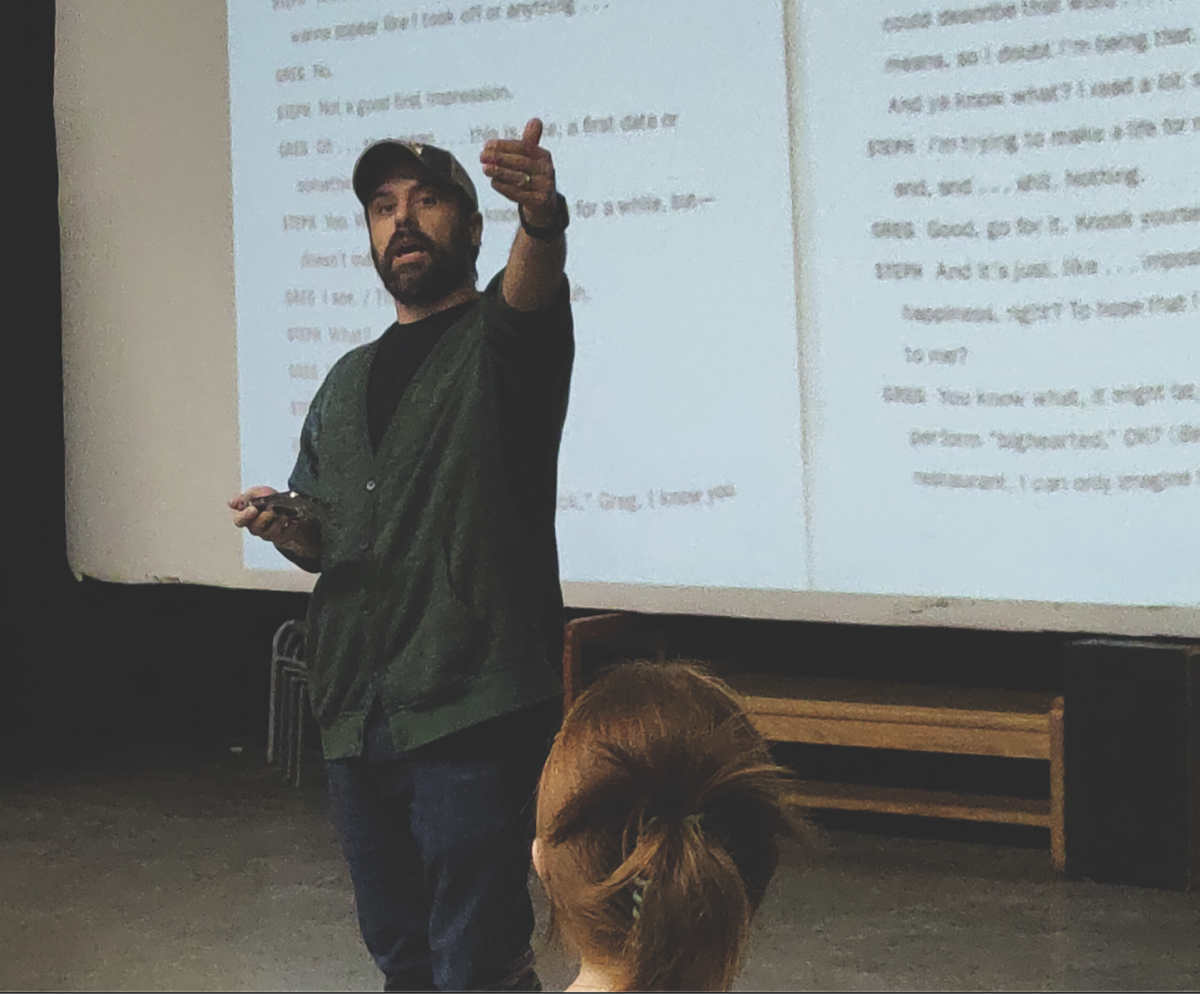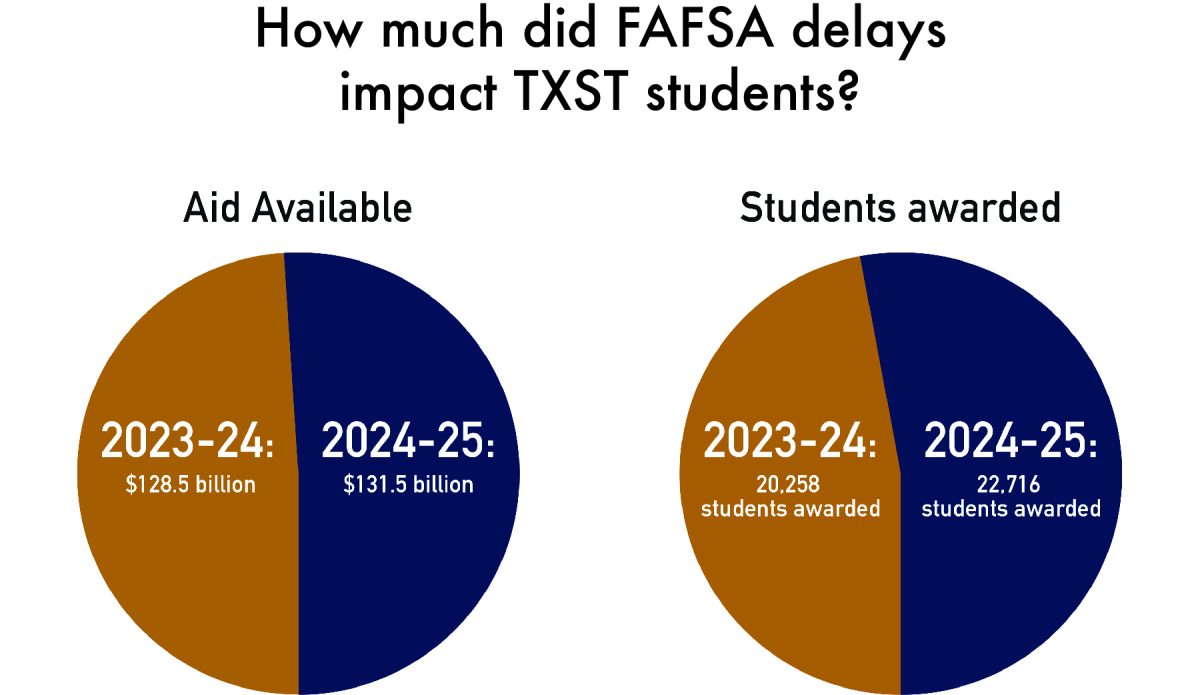The U.S. Fish and Wildlife Service (FWS) released a draft recovery plan aimed at protecting endangered species in the Edwards Aquifer but some experts warn that without strict enforcement, delisting species could lead to their extinction.
The plan’s goal is to boost the numbers of endangered species like the Texas Blind Salamander, San Marcos Salamander, Comal Springs Dryopid Beetle, Peck’s Cave Amphipod, Fountain Darter and Texas Wild-Rice by introducing captive populations from the San Marcos Aquatic Resource Center, according to a statement by FWS. Under the plan, invasive species in the Edwards Aquifer will also be removed.
According to the official draft released by the FWS, the plan aims to restore endangered species to self-sustaining populations in the wild, allowing them to be removed from the federal endangered species list.
“Protections may include, but are not limited to, land management activities, ordinances, land acquisition from willing sellers, long-term conservation agreements and habitat management plans,” the draft plan states.
The Endangered Species Act (ESA) requires agencies like the FWS to develop recovery plans to help endangered species reach sustainable population levels so they can be removed from the endangered species list.
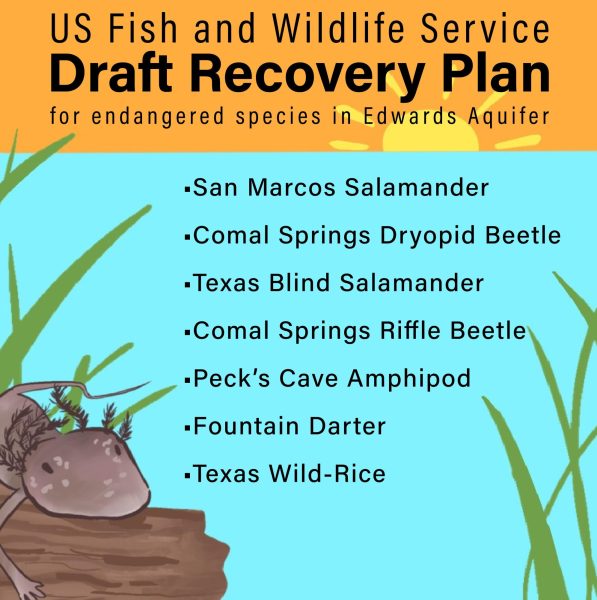
Donelle Robinson, a recovery planning team biologist for the FWS, described what the recovery criteria looks like for a species to become delisted.
“[The criteria] generally have to do with how much spring flow there is, habitat management, water quality, disease and parasites… if you have the habitat doing okay but the actual populations [of the species] aren’t doing well then that would be a problem,” Robinson said.
Robinson said the plan involves monitoring San Marcos waters to ensure proper water quality and habitat conservation.
Amelia Hunter, recovery planning team biologist for the FWS, said the earliest the plan could take effect is one year after Nov. 12, when the public comment period officially ends.
Rachel Sanborn, director of operations for the San Marcos River Foundation, said the process of returning some species to pre-endangered levels is difficult.
“The San Marcos salamander is very sensitive and we can do what we can to ensure that they have a proper habitat but it’s a little harder to get them to breed,” Sanborn said.
Sanborn said the most significant progress in species conservation is with Texas Wild-Rice.
“The Texas Wild-Rice was almost extinct, in 1968 there were two plants of it left in the river at that time,” Sanborn said. “[But FWS] have had an amazing success with learning about how to propagate the Texas Wild-Rice.”
However, not all experts are in support of the plan. Robert Mace, director of the Meadows Center, said he has concerns with the project.
“It’s the endangered species listing that has caused the aquifer to be managed in a way to preserve spring flow,” Mace said. “So the temptation for the state and the stakeholders in the state, particularly those [that pump water] such as San Antonio and the farmers, the temptation will be [that] we no longer have to worry about the delisted species.”
Mace warned that, in a worst-case scenario, all of the species could face extinction without the protections offered by the ESA.
“Let’s say all the species got delisted because we’re doing such a great job of protecting spring flow and protecting the habitat. There are no longer federal requirements on how to manage the aquifer and folks go wild with the pumping and they dry up the springs, they kill all the species,” Mace said.
According to Mace, the concern arises because the spring’s federal protection is tied to it being the only habitat for endangered species, which is lost once the species are delisted.
Robinson said the FWS requires there to be continued protections in order to delist a species.
“There needs to be a habitat management plan in perpetuity as far as the delisting criteria,” Robinson said.
Community members can provide public comments on the FWS plan by emailing the Austin Ecological Services Field Office at [email protected]. until Nov. 12.


